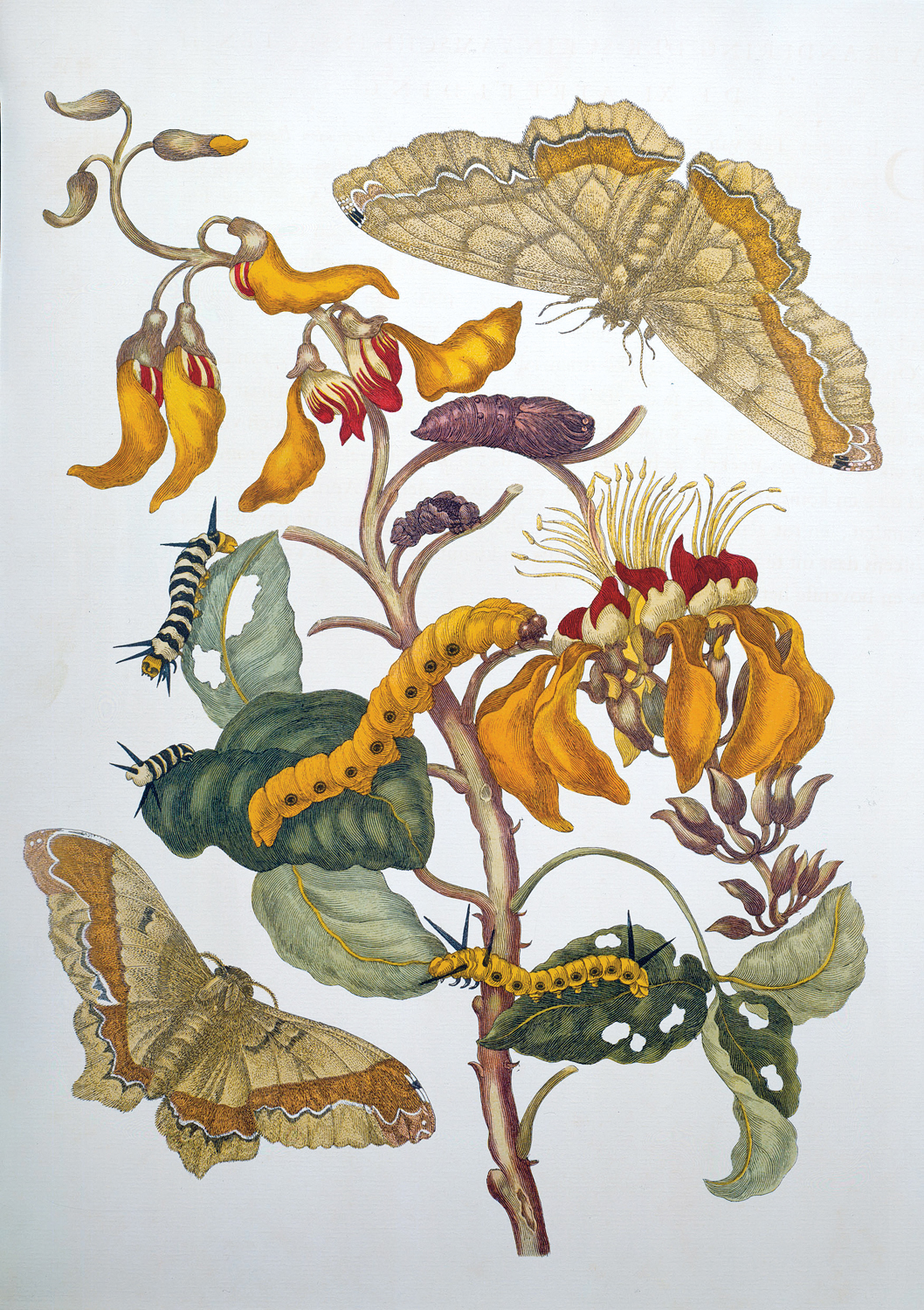A History of World Societies:
Printed Page 561
A History of World Societies Value
Edition: Printed Page 561
Natural History and Empire

At the same time that they made advances in astronomy and physics, Europeans embarked on the pursuit of knowledge about unknown geographical regions and the useful and valuable resources they contained. Because they were the first to acquire a large overseas empire, the Spanish pioneered these efforts. Following the conquest of the Aztec and Inca Empires (see Chapter 16), they sought to learn about and profit from their New World holdings. The Spanish crown sponsored many scientific expeditions to gather information and specimens, out of which emerged new discoveries that reshaped the fields of botany, zoology, cartography, and metallurgy, among others. These accomplishments have attracted less attention from historians in part because of the strict policy of secrecy imposed on scientific discoveries by the Spanish crown.
Plants were a particular source of interest because they offered tremendous profits in the form of spices, medicines, dyes, and cash crops. King Philip II of Spain sent his personal physician, Francisco Hernández, to New Spain for seven years in the 1560s. Hernández filled fifteen volumes with illustrations of three thousand plants previously unknown in Europe. He interviewed local healers about the plants’ medicinal properties, thereby benefiting from centuries of Mesoamerican botanical knowledge. In the seventeenth century, for example, the Spanish obtained a monopoly on the world’s supply of cinchona bark, which comes from a tree native to the high altitudes of the Andes and is used to treat malaria.
Other countries followed the Spanish example as their global empires expanded, relying both on official expeditions and the private initiative of merchants, missionaries, and settlers. Royal botanical gardens served as living laboratories for cultivating valuable foreign plants. The stream of new information about plant and animal species overwhelmed existing intellectual frameworks. Carl Linnaeus (1707–
New encyclopedias of natural history popularized this knowledge with realistic drawings and descriptions emphasizing the usefulness of animals and plants. Audiences at home eagerly read the accounts of naturalists, who braved the heat, insects, and diseases of tropical jungles to bring home exotic animal, vegetable, and mineral specimens (along with indigenous human subjects). They heard much less about the many local guides, translators, and practitioners of medicine and science who made these expeditions possible and who contributed rich knowledge about the natural world.